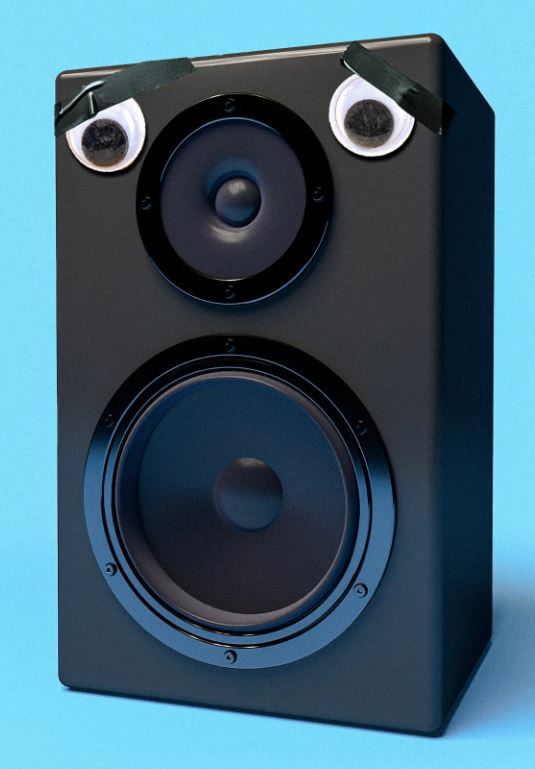In his youth, Joshua Knobe was acquainted with an indie rock singer who sung “heart-rending things that made people feel terrible,” as he put it recently. One day he was listening to her music and he came across a YouTube video with a suicide theme.
The irony of melancholy music is that, although we don’t like feeling sad in real life, we like art that evokes that emotion in us. Since Aristotle, several academics have attempted to explain it. Perhaps the release of painful feelings via music serves as a catharsis. Perhaps this is a socially conditioned response to our distress or an evolutionary byproduct. Perhaps our hormones, in reaction to the disjointed melancholy of the song, induce a sense of solace.
Dr. Knobe has shown via his studies that humans have two different mental representations of the identical item. Artists, for instance, may be defined as those who exhibit a certain set of traits, such as natural talent with a paintbrush. But if they don’t display some abstract traits, like originality, exploration, and dedication to their work, then maybe they shouldn’t be called artists at all. Cognitive scientist and opera vocalist Tara Venkatesan, who was formerly Dr. Knobe’s pupil, hypothesised that sorrowful songs may have a similar dual structure.
Certainly, studies have shown that our emotional reaction to music is complex; you don’t feel either joy or sadness depending on the song you’re listening to. In 2016, 363 listeners were polled, and their reactions to sad songs were categorised into grief (which encompassed strong negative emotions like anger, terror, and despair), melancholia (which encompassed gentler emotions like sadness, longing, or self-pity), and sweet sorrow (which encompassed pleasant feelings of consolation or appreciation). Many of the responses included all three. (The study’s authors dubbed it “Fifty Shades of Blue.”)
Given the complexity of feelings and the limitations of words, it’s not surprising that sad music might seem like a contradiction. But this doesn’t explain why it may be satisfying or fulfilling.
Mode, pace, rhythm, and timbre are only few of the musical characteristics that psychologists have studied in relation to listeners’ emotional responses. Some types of music have been proven to have almost universal purposes, according to studies: For example, lullabies have been shown to have universally reassuring auditory properties across cultures and nations.
Instead, Dr. Juslin and others have hypothesised that listeners’ melancholy might be created by cognitive processes. There seems to be several factors at play, including involuntary reflexes in the brain stem, the synchronisation of rhythm to an internal cadence like a heartbeat, conditioned reactions to certain sounds, evoked memories, emotional contagions, and reflective evaluations of the music. Sadness is a powerful feeling; maybe being in its presence will compel you to do something kind for the person you’re empathising with.
Together with Dr. Venkatesan and Rotman School of Management psychologist George Newman, he designed a two-part experiment to explore the theory. Over the course of the first phase, they had over 400 participants listen to one of four different song descriptions. As one writer put it, the song “conveys deep and complex emotions” yet is “technically very flawed.” Another person said the music was “technically flawless” but “does not convey deep or complex emotions.” The third song was praised for its raw passion and near-perfection in execution, while the fourth was criticised for its shaky execution and lack of feeling.
The participants were given a seven-point scale on which to rate how well their composition “embodies what music is all about.” The objective was to make explicit music’s role as a medium for expressing a wide range of human emotions, from happiness to melancholy to anger. The majority of respondents felt that songs with strong emotional content but weak technical execution best captured the spirit of music.
In the second portion of the study, with a fresh group of 450 participants, the researchers offered each person 72 descriptions of sad songs that conveyed emotions such as “contempt,” “narcissism,” “inspiration,” and “lustfulness.” Participants were then given a different set of suggestions that detailed a discussion in which someone spoke up about their emotions. (A friend is sharing their week with you and sounds wistful while they do so.) What we found was that the same range of feelings—love, pleasure, loneliness, despair, ecstasy, peace, and sorrow—that individuals reported as being at the heart of “what music is all about” also served to bring them closer together in discussion.
Loyola University Chicago philosopher and study co-leader Mario Attie-Picker was impressed by the findings. After reviewing the information, he put out a straightforward hypothesis: maybe we listen to music not for an emotional response (several participants said that sad music, although creative, was not very delightful), but for the sensation of connection with others. We don’t enjoy sad music because we directly appreciate misery; rather, we love it because it helps us feel connected to others. The two doctors, Drs. Knobe and Venkatesan, rapidly became advocates.
However, this theory just raises additional problems since sad music is multifaceted, like an onion. Who are we communicating with? The creator? Our former selves? A made-up character? And what could music so bleak possibly be “all about”? Doesn’t art’s capacity to go beyond reductionism and expand one’s horizons contribute to its potency?
The researchers, one by one, admitted the difficulty of their topic and the scope of the already existing literature. Dr. Attie-Picker then provided a less philosophical explanation for their findings: “It just feels right.”

